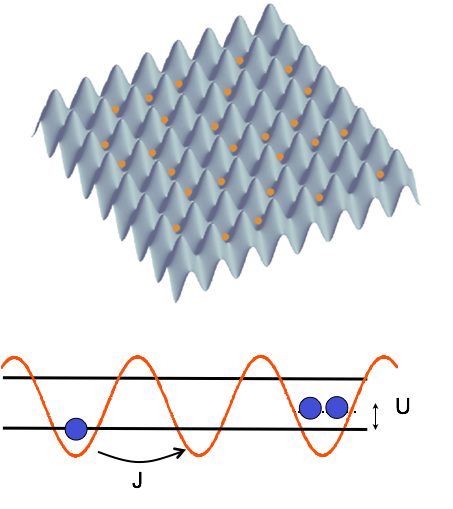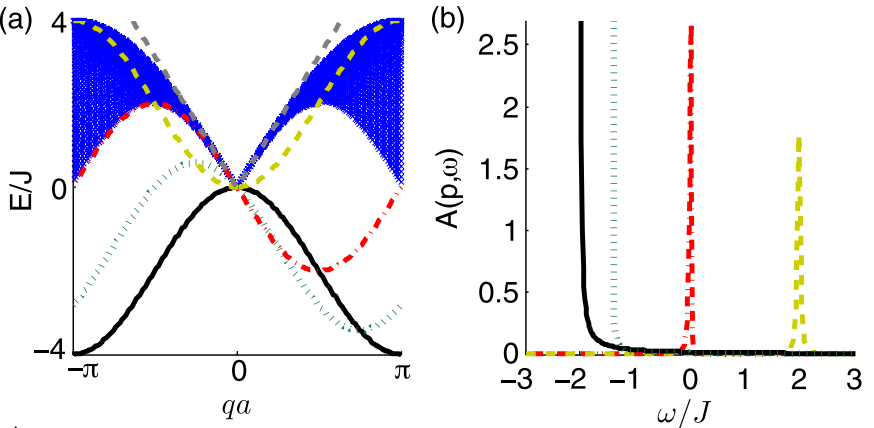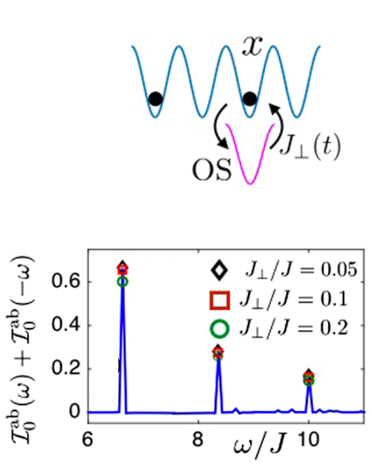
Since the first Bose Einstein condensates (BECs) of neutral atoms were achieved in 1995,
the ongoing research into using such many-body quantum states of matter as a quantum simulator
has tremendously expanded the scope of research on strongly correlated quantum matter.
For lattice models of strongly correlated quantum particles, quantum simulation works the following way: confine ultracold bosonic or fermionic atoms inside the lowest Bloch band(s) of an optical lattice, which is formed by (a) standing laser wave(s).
As such systems can realize many of the important and difficult-to-solve models of condensed matter physics, like e.g. the 2D Hubbard model doped away from unit filling, the equilibrium state of this system could reveal the models ground state - thus ''quantum simulation'': solving a model for which theory cannot yet compute the ground state reliably, via precise and controlled experimental realization of the model at low entropy/temperature.
My work in the domain of quantum simulation is concerned with three key topics:
(1) Static and dynamic phenomena in quantum matter, such as disordered systems, dissipatively driven phases and mobile quantum impurities in 1D.
(2) Obtaining lattice-confined atoms at low entropies for quantum simulation.
(3) Measuring the properties of the realized state inside the lattice.
For lattice models of strongly correlated quantum particles, quantum simulation works the following way: confine ultracold bosonic or fermionic atoms inside the lowest Bloch band(s) of an optical lattice, which is formed by (a) standing laser wave(s).
As such systems can realize many of the important and difficult-to-solve models of condensed matter physics, like e.g. the 2D Hubbard model doped away from unit filling, the equilibrium state of this system could reveal the models ground state - thus ''quantum simulation'': solving a model for which theory cannot yet compute the ground state reliably, via precise and controlled experimental realization of the model at low entropy/temperature.
My work in the domain of quantum simulation is concerned with three key topics:
(1) Static and dynamic phenomena in quantum matter, such as disordered systems, dissipatively driven phases and mobile quantum impurities in 1D.
(2) Obtaining lattice-confined atoms at low entropies for quantum simulation.
(3) Measuring the properties of the realized state inside the lattice.



